17 Iconic Movie Cars That Became Legendary Collectibles
Movie cars have a unique way of sticking with us long after the credits roll. They aren’t just machines; they are part of the stories we remember and the characters we love. From classic action films to heartwarming comedies, these cars become symbols of the films they belong to. For fans and collectors alike, owning one of these vehicles means possessing a piece of cinematic history. Over time, their value has grown, reflecting their significance beyond the screen. These cars capture more than just design; they hold the magic of the moments they were part of.
This post may contain affiliate links, which helps keep this content free. Please read our disclosure for more info.
Aston Martin DB5 (from the film Goldfinger)
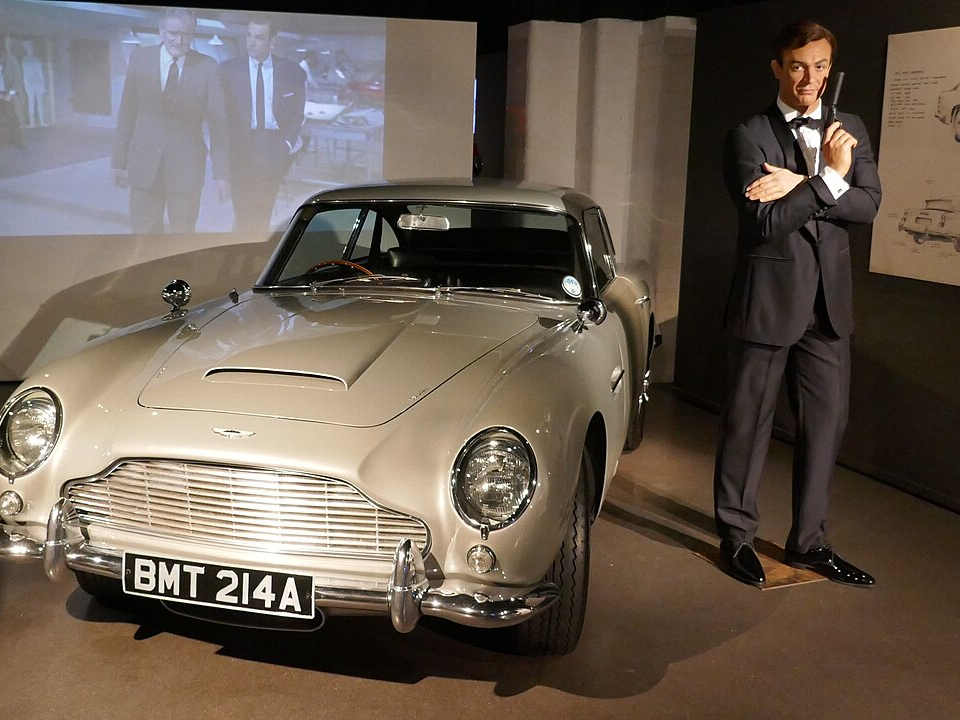
The car that the secret agent drives in the film became an instant icon in automotive and film history. With only a few examples used in filming, the DB5 featured in the 1964 production retains extraordinary prestige. The estimated market value for one of the genuine film cars is approximately $4,600,000.
Owning such a vehicle means accepting both the charm of its heritage and the high cost of upkeep. These cars must be transported and maintained with an eye to originality. As a collectible, the DB5 crosses the boundary from mere automobile into pop‑culture artefact.
DeLorean DMC‑12 (from the film Back to the Future)

This stainless‐steel gull‑wing car achieved legendary status after its starring role in the 1985 film trilogy. While many units were produced, the ones used in the films command stronger attention. Market values for good DMC‑12 models now start around $50,000 according to collector listings.
The appeal lies in the combination of film magic and distinctive design. For home collectors the cost is comparatively modest, but provenance (such as film usage) can raise the value significantly. It also serves as a conversation piece in a collection.
Porsche 917 (from the film Le Mans)
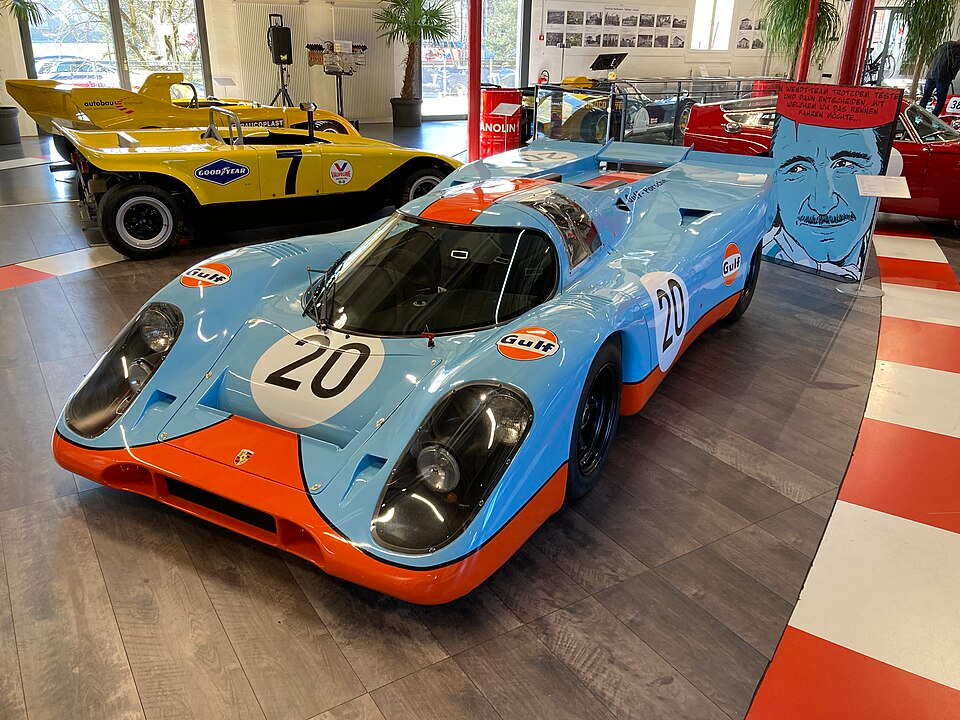
The 1971 Porsche 917 made a brief but unforgettable appearance in the racing film starring Steve McQueen. The association with one of the most intense racing movies gives it cultural weight beyond its mechanical significance. Market estimates for original 917s run into the multi‑million dollar range, although the exact film‑used unit is rare.
Collectors who pursue this vehicle do so for both its racing provenance and cinematic connection. The costs go beyond purchase: maintenance of a race‑car chassis and specialized parts can be immense. Still, the film link provides a special allure.
Ferrari 250 GT California Spyder (from the film Ferris Bueller’s Day Off)

The convertible driven in the 1986 film has become one of the most admired movie cars among enthusiasts. With auction sales of similar models reaching around $10,900,000, the value is firmly at the super‑collectible level.
For a collector, the vehicle’s appeal extends from film homage to classic Ferrari desirability. It represents two strong collector axes: cinematic fame and marque prestige. Entry into this tier demands significant capital and patient restoration.
Pontiac Trans Am (from the film Smokey and the Bandit)
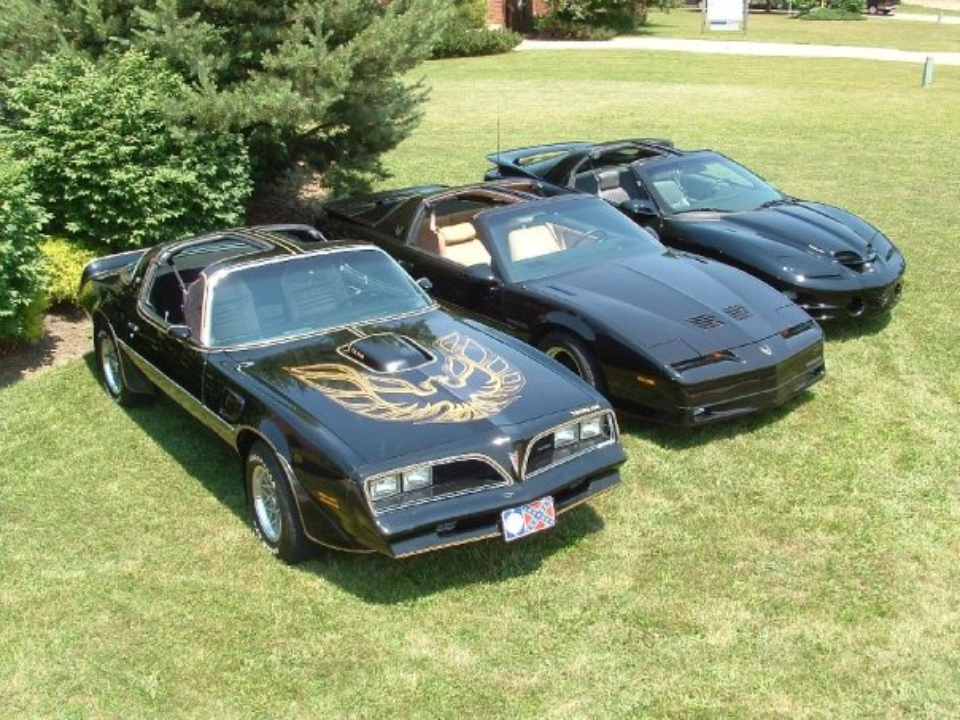
The black and gold 1977 Trans Am became instantly recognisable after the 1977 film propelled it into popular culture. One example tied to the production sold for nearly $500,000 at auction.
Its value for many lies in nostalgia and character rather than ultra‑rare engineering. Maintenance is relatively more accessible compared to super‑exotics. Collectors can aim for one of the period‑style cars or better yet a documented film car.
Lotus Esprit S1 (from The Spy Who Loved Me)
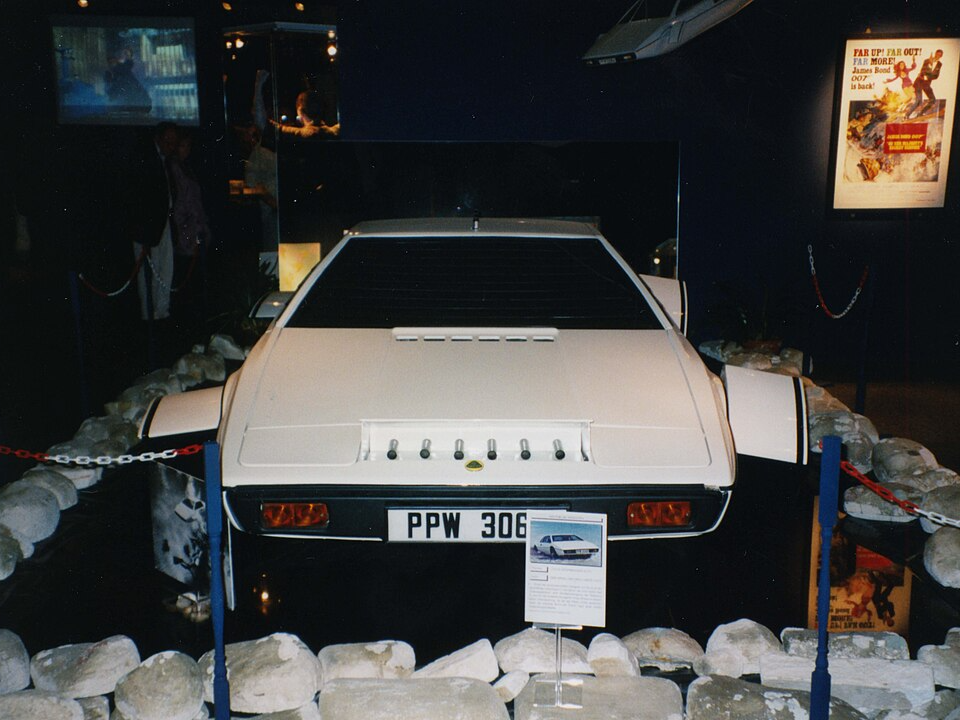
In the 1977 film, the Lotus Esprit S1 made a splash by converting into a submarine in one memorable sequence. It scores high in film car lore even though actual market values for a genuine screen car are harder to pin. Collectors of Esprits in excellent condition might expect prices in the low‑hundreds of thousands.
Its value lies in the rich story rather than record auction results. For a collector who enjoys the intersection of movie magic and motoring, this car presents an achievable entry into the movie‑car niche. But verifying screen‑used status is critical.
Dodge Charger (from the film The Fast and the Furious)
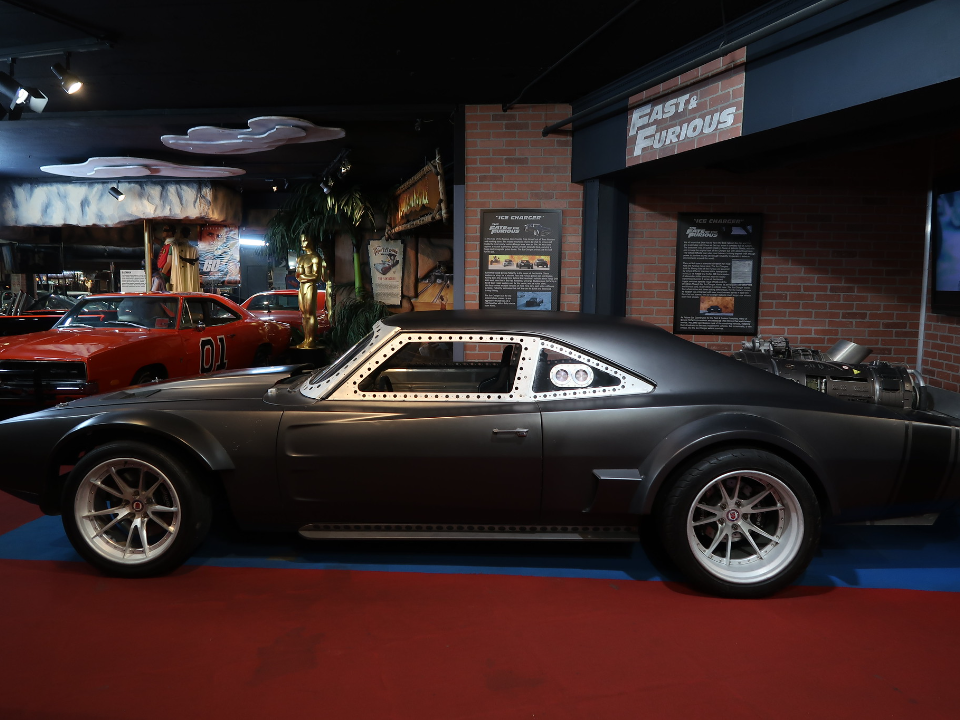
The orange 1970 Charger driven by the main character became a symbol of the franchise’s car culture. While exact sale records for that specific screen car vary, similar models tied to the franchise are listed around $70,000 in the collector market.
For collectors this offers a blend of entertainment franchise legacy and muscle‑car appeal. While maintenance is still significant for a 1970s big‑block vehicle, parts availability is stronger than for ultra‑rare exotics. The link with a major mainstream film helps maintain desirability.
Ford Mustang GT390 (from Bullitt)
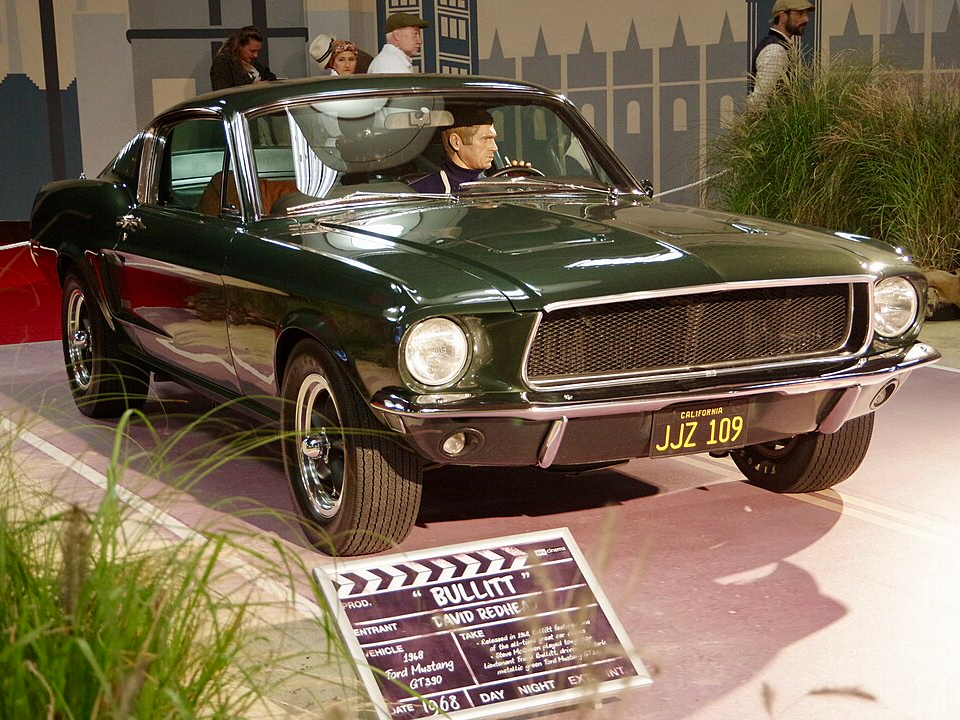
The dark green Mustang Fastback driven by the protagonist in the 1968 film earned fame for its chase scenes and became a cultural benchmark. Collector estimates place similarly iconic Mustangs in the region of $80,000 for desirable examples.
That price level makes it accessible to more serious collectors rather than ultra high‑net‑worth buyers. The car’s film reputation gives it leverage above standard Mustangs of the era. For a home collection it offers strong visual and historical impact.
Chevrolet Camaro (as Bumblebee from Transformers)

The yellow and black Camaro from the Transformers film series became instantly recognisable and attractive for younger fans of film and car culture. One set of the movie Camaros sold as a block for about $500,000.
Such a car appeals across generations and might be more feasible for collectors seeking movie‑car icons without spending super‑exotic dollars. The challenge lies in verifying screen‑used status and maintenance of the Camaro platform.
Plymouth Fury (from the film Christine)

The 1958 Plymouth Fury that starred in the horror film directed by Stephen King remains a haunting icon of film and automobile. Market data places well‑documented examples around $90,000.
That price makes it one of the more attainable legendary movie cars for a serious collector. The value rises if the car is confirmed as the one used in filming. Maintenance is vintage‑car level, but the crossover between car hobby and film memorabilia gives it dual appeal.
Chevrolet Corvette C1 (from the film Corvette Summer)

The 1958 Chevrolet Corvette C1 became famous through the 1978 film Corvette Summer, starring Mark Hamill. The iconic sports car, decked out in custom yellow paint, is now highly sought after by movie car enthusiasts. Market prices for a well‑preserved C1 Corvette start around $60,000.
Its significance lies in the combination of its status as an early Corvette and its film link. Restoring these cars can be time‑consuming, but the reward is both a piece of American automotive history and a cinematic treasure.
Ford Gran Torino (from the film Gran Torino)

The 1972 Ford Gran Torino used by Clint Eastwood in his 2008 film Gran Torino has become synonymous with the actor’s character. While not a high‑end collectible in the traditional sense, the car’s fame elevates it to collector status. A typical example in good condition can fetch around $35,000.
Collectors are drawn to its cinematic connection and rugged muscle‑car charm. The vehicle’s connection to an Eastwood film makes it a piece of both automotive and film history, appealing to a niche market.
Shelby Mustang GT500 (from the film Gone in 60 Seconds)

Known as “Eleanor,” this custom 1967 Shelby GT500 Mustang from Gone in 60 Seconds has become one of the most recognized muscle cars in cinematic history. The car’s influence on car culture and its connection to the action movie legacy drive up its collectible value. One of these cars can be valued upwards of $1,000,000 at auction.
Its fame is tied to its film status and the Shelby name. The high value comes from the rarity of the exact models used in filming, making them both high‑risk and high‑reward acquisitions for the serious collector.
Jeep Wrangler (from the film Jurassic Park)
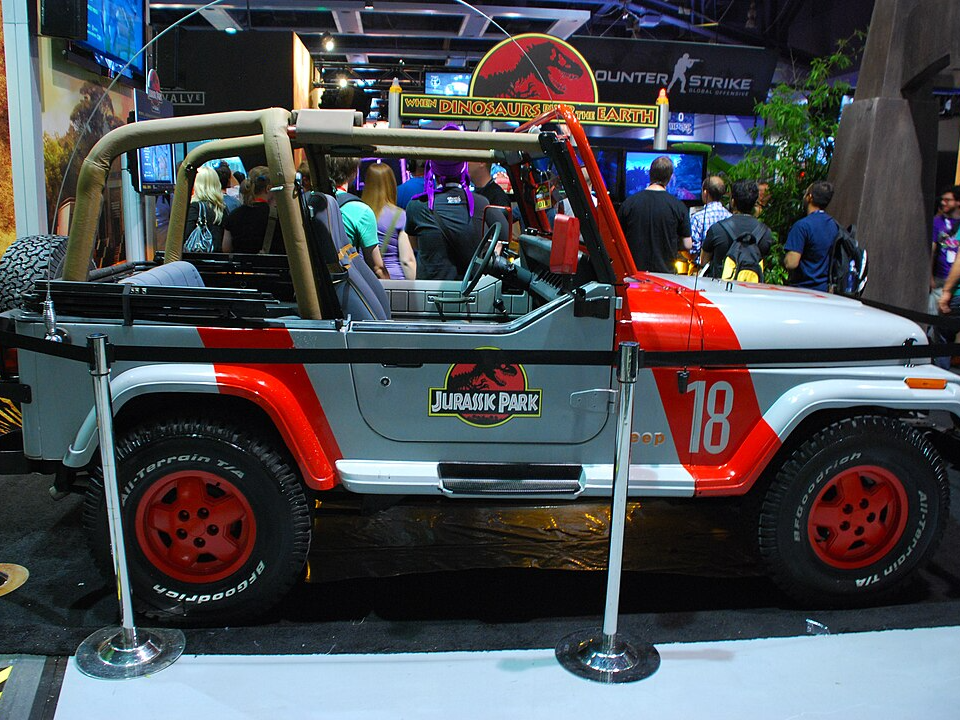
The iconic red and yellow Jeep Wrangler from Jurassic Park became a fan favorite, thanks to its role in the movie’s adventurous, dangerous dinosaur encounters. The vehicle’s distinctive look and film history make it a top contender for movie car collectors. Expect to pay around $40,000 for an authentic or replica model used in promotional materials or film tie-ins.
The Jeep’s ability to connect fans to one of the most successful adventure films of all time is a major reason for its popularity. It offers collectors a unique crossover between off-roading and blockbuster filmmaking.
Cadillac Miller-Meteor (from the film Ghostbusters)

The 1959 Cadillac Miller-Meteor, famously known as the “Ecto‑1” from Ghostbusters, has a dedicated fan base in both the automotive and film collector worlds. The vehicle’s combination of rare status and pop culture appeal means prices often range from $75,000 to $120,000 depending on condition and authenticity.
The car’s value is tied not only to the movie’s status but also to the sheer scale of the car’s presence in film history. Owning this car is like owning a piece of nostalgia, and the community around it ensures it remains a sought‑after collectible.
Mini Cooper S (from the film The Italian Job)

The 2003 version of the Mini Cooper S featured prominently in The Italian Job remake, with its famous heist scenes capturing hearts worldwide. These small but iconic vehicles have since become highly desirable among collectors. Expect a value of around $30,000 for one of these cars, with prices varying depending on its connection to the film.
The appeal comes from both the car’s unique style and its role in one of the most thrilling action sequences ever filmed. For collectors, it’s a perfect blend of film history, design, and performance in a compact package.
Volkswagen Beetle (from the film Herbie the Love Bug)
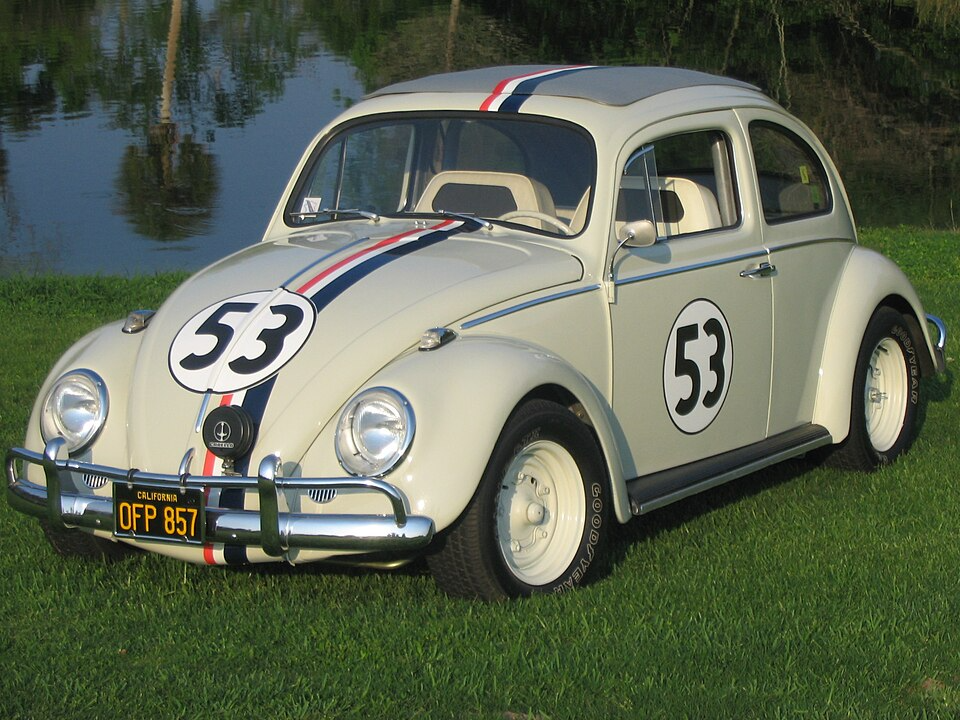
The Volkswagen Beetle, aka “Herbie,” has delighted audiences since its debut in the 1968 film The Love Bug. With numerous films and TV shows continuing its legacy, the Beetle remains one of the most beloved movie cars. Original Herbie cars have been sold for around $75,000.
The car’s charm comes from its playful personality on screen and its connection to a series that spanned generations. Collectors who seek a more fun‑focused movie car gravitate to Herbie, as it represents both vintage automotive design and enduring pop culture appeal.
This article originally appeared on Avocadu.
